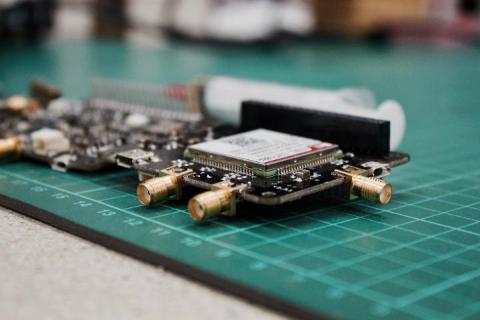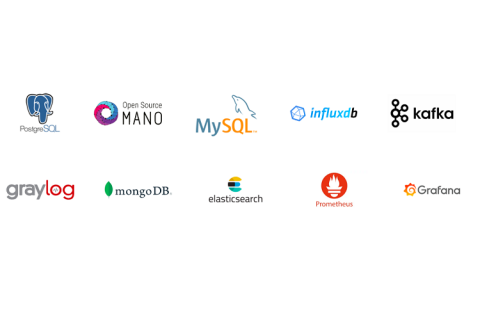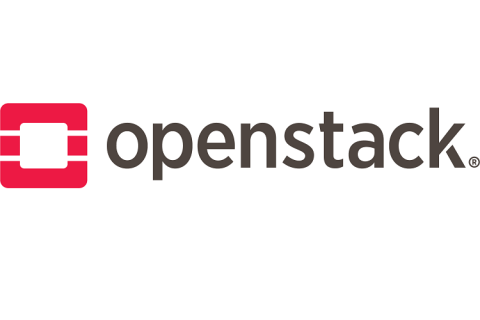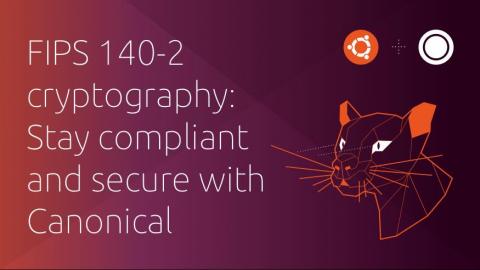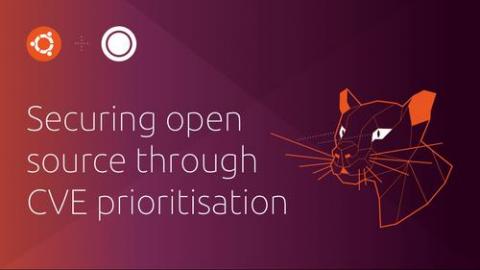Edge AI in a 5G world - part 3: Why 'smart cell towers' matter to AI
In part 1 we talked about the industrial applications and benefits that 5G and fast compute at the edge will bring to AI products. In part 2 we went deeper into how you can benefit from this new opportunity. In this part we will focus on the key technical barriers that 5G and Edge compute remove for AI applications.


